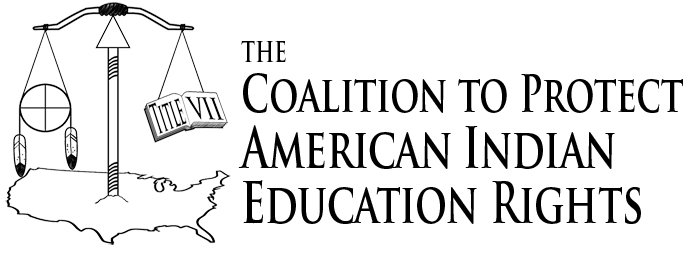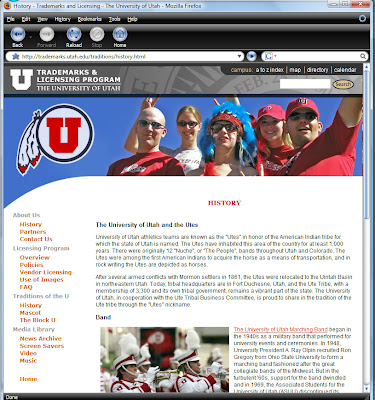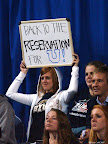
Join us in a protest march for American Indian educational equity!
When: Thursday December 4, 2008
Where: American Indian Resource Center
1925 De Trobriand Street, #622, Fort Douglas
Time: 2:30-6:00 pm
(March route will begin at 2:30 pm at the AIRC, 3:30 Union building, 4:00 Park
building)
Target of protest: University of Utah administrators and policies
Why: Anytime an American Indian leader, student or support (person of color) has
resisted or voiced concern/opposition toward U policies—they have been met with
hostility and alienation. This tension has built up so much that critical university
leaders, faculty, and staff have been forced to leave the institution by both termination
and choice.
- Loss of American Indian leaders and support on campus
In recent incidences, when American Indian students, staff and faculty have challenged university policy, asking for changes to be made that would better serve the Native students and community, instead of coming together to listen and compromise, the university has met these efforts with hostility and alienation. This tension has built up so much that critical university leaders, faculty, and staff have been forced to leave the university through termination and/or for fear of their safety and well-being.
- Mysterious “leave” of American Indian leader after recent racist t-shirt scandal
It took 12 years for the university to hire a director for the American Indian Resource Center—an effort they were very proud of in May 2008. Yet this director is now on administrative leave and Native students are left without this support system, right before final exams and registration for next semester.
- Abuse of American Indian (nick)name, likeness, and imagery for University profit
Its continued use of the “Ute” nickname and its consequent reluctance to monitor the use of the name by fans and university licensed merchants which has resulted in hostile, racist, and abusive acts and comments to be levied against American Indians.
- Loss of critical programs and fellowships for American Indian students and communities
The university has not honored the blood and sacrifice of past American Indian peoples and the treaties that were made to ensure that latter generations would receive the proper academic preparation and support to survive. Instead the university has sent back millions of dollars to the federal government and has shut the doors to its successful American Indian Teacher Training Program to American Indians who desire to become teachers.
- Withholding of academic support for currently enrolled American Indian students
In the past year, the university did not hire a replacement for neither the American Indian advisor in CESA nor an American Indian professor in the College of Education in a timely manner, instead, Native students were left without these support systems for nearly a whole academic year.
- Exploitation of Ute tribe
The university made promises to the Northern Ute tribe to help Ute students get college educations in exchange for the continued use of the “Ute” nickname. The university appealed to the NCAA and cited this agreement, as well as the many ways in which they support Natives on campus and in the community. This appeal removed the university from the NCAA list of schools who needed to address their use of American Indian mascots. To this date, the university denies that it made promises to the Ute community and it continues to treat Native people inequitably.
By marching together we hope to (1) raise awareness of the university’s attempts to silence American Indian students, staff, and faculty who protest university policies that ultimately alienate, divide and destroy American Indian communities and (2) to urge the University to uphold its commitment to Native communities by creating scholarships and programs that exist, in reality, to support Native students. We are asking for community support to lend a voice to these issues and to call for an investigation into the treatment of Native peoples at the University of Utah.



